The majority of electrical safety standards will incorporate definitive tables which define the acceptable distances appropriate to the operating voltage of the product. A question which is regularly posed is: “Why do we need to carry out high voltage testing on products which should have been correctly designed to incorporate the appropriate levels of protection as defined in the product standard?”
Here, we highlight some examples of where a correctly designed product can have its protection compromised due to variations created during the assembly process.
Inadequate clearance distances
Clearance distances may have been reduced due to post-design changes adopted for reasons unrelated to safety (e.g. ease of production). The problem may be related to component envisages during design; substitutions may be physically different. A placement related problem is illustrated in diagram 1:
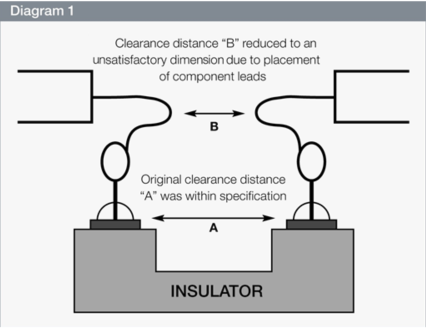
It may also be possible that the incorrect fitting of connectors has reduced the associated clearance distance to an unacceptable level as illustrated.
Diagram 2 shows a possible result of using individual connectors to fit connection pins which are in close proximity. An adequate clearance distance (A) has been reduced to a dimension below the required minimum (B) as the unrestrained individual connectors have not been correctly applied. A successful test result will rely heavily upon very stringent quality control
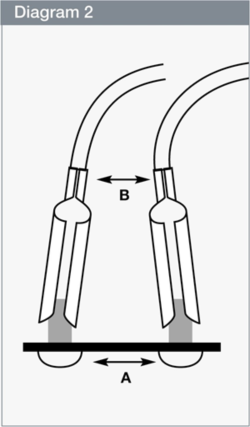
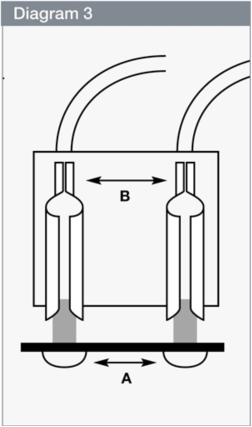
Diagram 3 shows the effect of fixing the connectors alignment by attaching them to an insulator, dimension ‘A’ now remains the effective clearance distance for the assembly. The advantages of using preformed plugs and sockets become clear when the above principles are considered.
Creepage test failures
Where the breakdown point can be seen or where measurements indicate figure below the acceptable level, consider changing the physical layout. NOTE: Check the metal fixings such as screws etc. have not been located as to reduce creepage distances by “shorting out” part of the insulating surface as shown below. Such a fault would show as a failure during electrical strength testing.
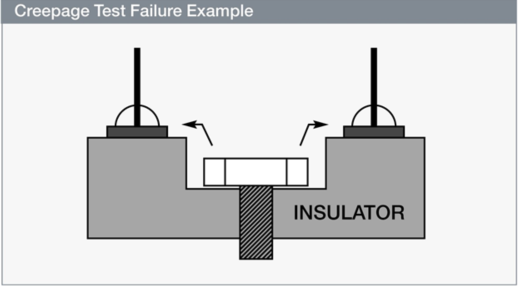
These simple examples demonstrate how a correctly designed product can be compromised during the manufacturing process and without the appropriate end of line test the likelihood of identifying the defect is minimal, effectively releasing what could be a dangerous product to the market.
For help and support on choosing the correct equipment and setting up your production line electrical test area please feel free to contact us.
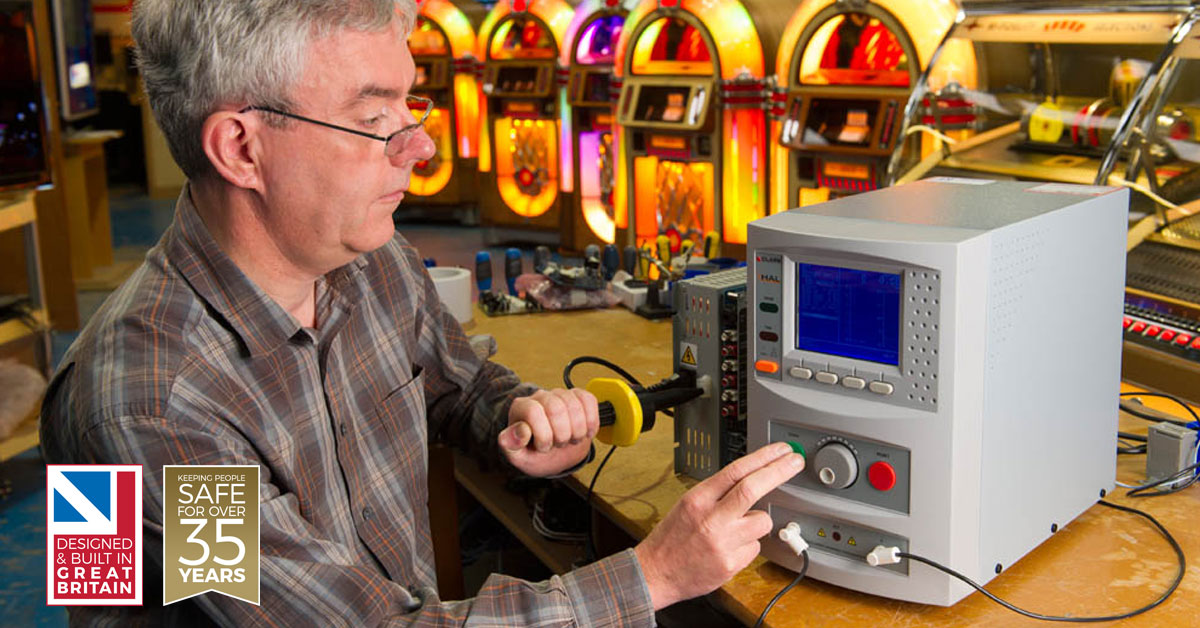
















Sign up to our Newsletter.
Stay up to date with the latest industry and product news, as well as our free educational content such as webinars and our expert guides.
Close